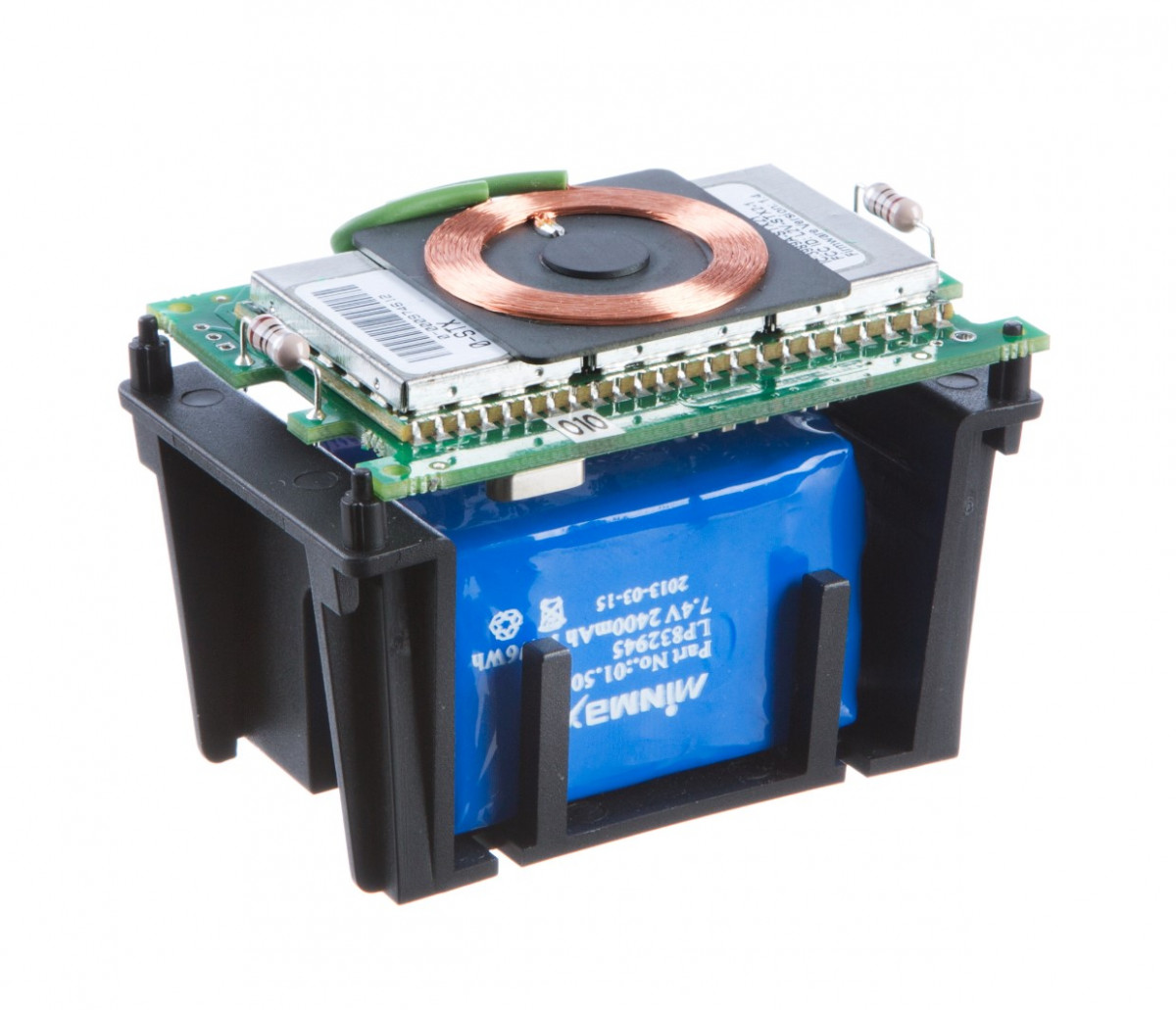Bespoke engineering:
An inductive battery is charged and delivers energy without use of any exposed metallic pins or connectors. The battery can therefore be fully encapsulated. No connectors are needed. The new battery technology Lithium Sulphur (Li-S), ensures very high energy density and reduced weight, in addition this technology allows for up to twice the number of charge cycles. Li-S batteries represent a reduced risk compared to Li-Ion/Li-Polymer due to reduced risk of explosions and gas ventilation.
Advantages with inductive batteries:
No Corrosion
Traditional batteries used subsea may experience connection issues due to corrosion on battery poles and connectors.
Rapid Battery Change
Exchanging battery in a high IP rated or pressure tolerant product is time consuming and expensive. There is also a risk that gaskets and pressure barriers are no longer compliant after the exchange. By using an inductive battery there is no need to break barriers when replacing the battery.
Precise Mating Not Required
Traditional battery solutions require precise mating of battery poles or connector pins when changing the battery. An inductive battery only requires two surfaces placed near each other to start charging or power delivery. This eases the battery change procedure and makes it ideal for automated robotic operations.
Ex
The battery does not have exposed connectors, hence the risk of sparks causing ignition is reduced.
Wear and Tear of Poles and Connectors
Maintenance cost of connector replacement is reduced since there are no metallic connections.
No Pins Breaking
Batteries used in harsh environments often experience rough treatment causing connector pins to break. With an inductive battery, this problem is totally removed.
Energy
By using the latest Li-S technology, energy density far exceeds other available technologies.
Security
Li-S technology has reduced risk of exploding and gas ventilation compared to traditional Li-ion/Li-Polymer batteries.


Inductive battery demonstrator
The essensial components in an inductive battery system are shown in above. Wireless transmission of power is used both to charge the battery and deliver power. It is also possible to use the same coil for charging and discharging the battery. This will result in a more compact solution.


